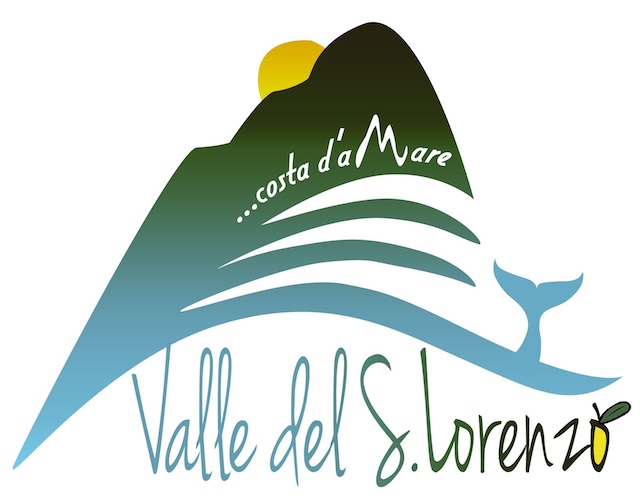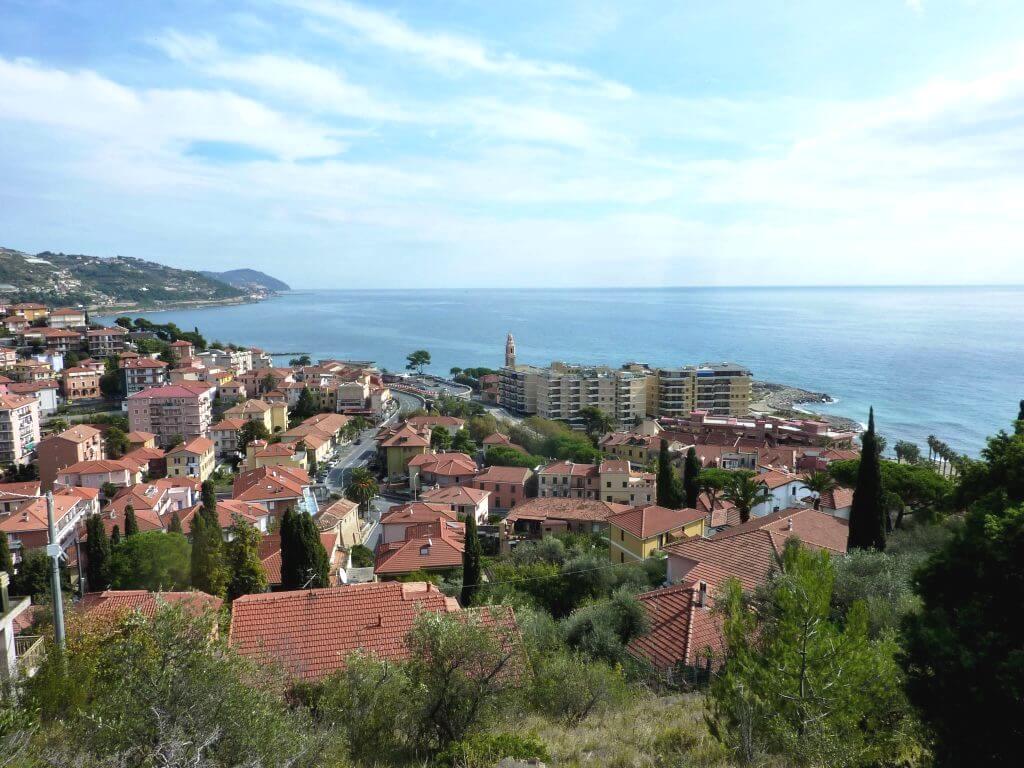Duration: 1 hour
Difficulty: T/E
Elevation gain: 250 metres
Starting from the oratory of St. Lawrence (or of the Mercy) located in the homonymous village at the street junction with the Aurelia, go up on the main road towards the villages of Costarainera, Cipressa and Lingueglietta until reaching a junction on the left, where is the residence “Gli Ulivi” and begins a steep paved uphill marked by a white and red sign. This is the path that reaches, after about 100 meters, an old cobbled mule track that gently climbs the western sunny hill of the valley, penetrating through terraces of olive trees and Mediterranean vegetation until leading, at the end of a step ladder, on the asphalt surface of the main road.
Here, pay attention to the crossing before resuming the journey on the old cobbled mule track that we’ve just abandoned and that, as always, is alternated with dirt tracks, advancing in the woods of fragrant pine and coasting the remains of an ancient watchtower dating back to the landings of pirates turkish-barbaresques (XVI-XVII centuries), the Tower “of Falodio” (the Tower “of Bonfire”).
Learn more
Reached and surpassed the votive chapel of St. James, modern vestiges of a late medieval chapel that once stood on this site, recross the main road to take Via San Giacomo and the track of the old mule track that cuts through the six-eighteenth century district of the village of Costarainera and leads up to its baroque religious center, Piazza San Giovanni Battista, where stand up in a system of architectural scenes the eponymous parish church and the oratory of St. Charles Borromeo (XVIII cent.).
We are at the gates of the village and of the solid front of the century houses, where it meets the urban gate and the natural continuation of the St. James way, Via Sant’Antonio, which leads directly into the historic center in a long climb that takes advantage of the hill natural slope and offers us the opportunity to admire the characteristics of historic buildings, valuable examples of tower-houses, narrow alleys and rich history crossroads.
There are so many detours and alternative on the way, all equally worthy of a walk, but the way that climbs along the ridge and runs through the heart of the village up to carry out of its urban grid, in Region Ciose, is undoubtedly the most interesting and evocative. This is the historic mule track that, through forests of pines and oaks, leads to one of the oldest and suggestive sites of the valley and the Far Western Liguria, the church of St. Anthony Abbot (centuries XIII-XVIII), old parish of Costarainera and Cipressa: a unique, poetic and visually striking place, crossroads of mule tracks and half coast roads that still cross the territory, and that allow to undertake new, interesting detours to the neighboring villages.





